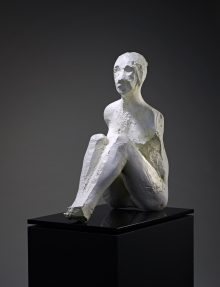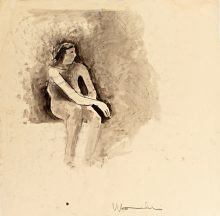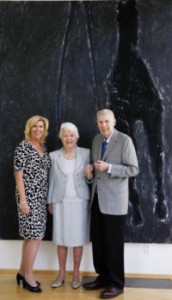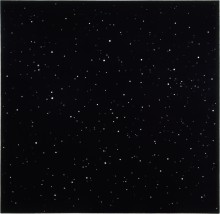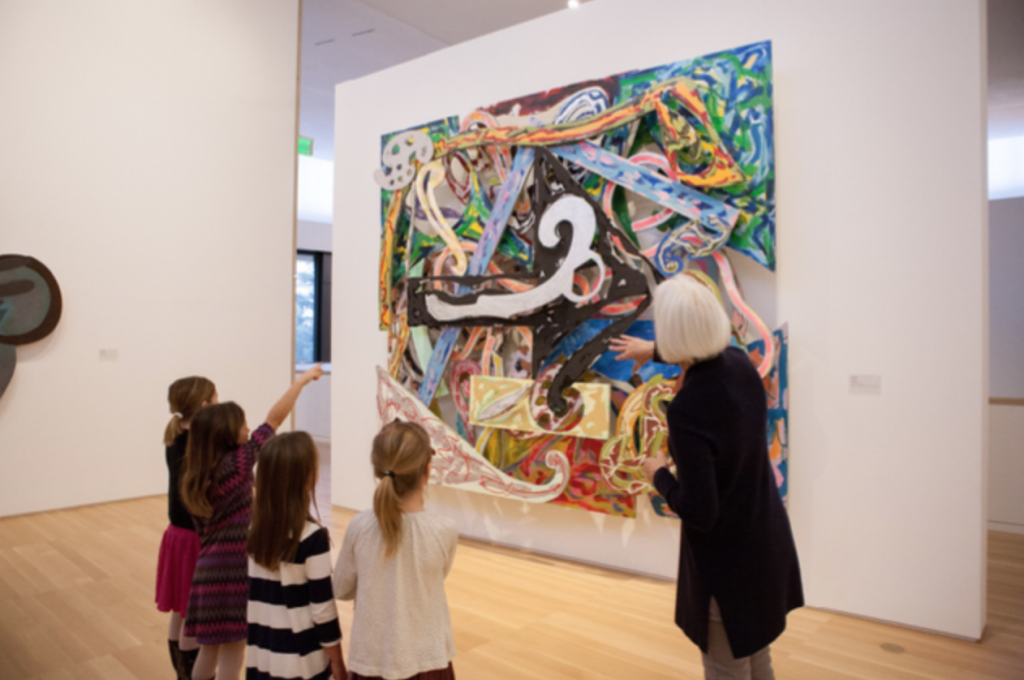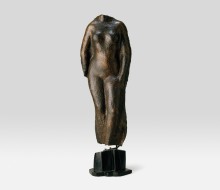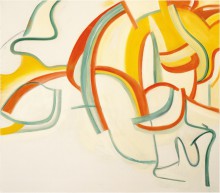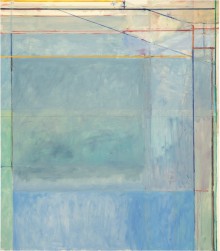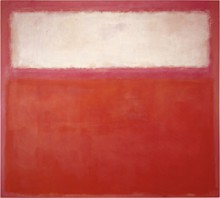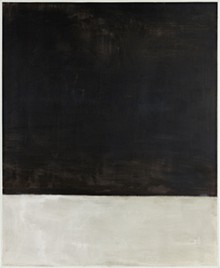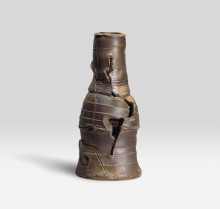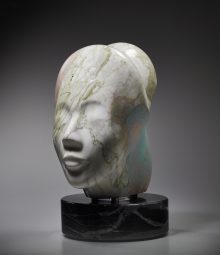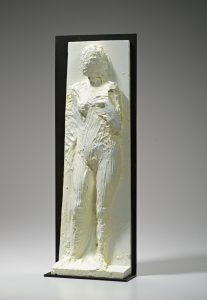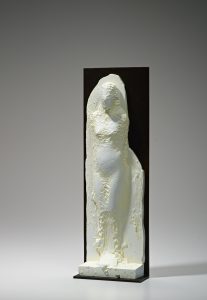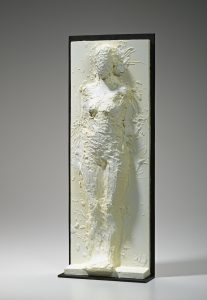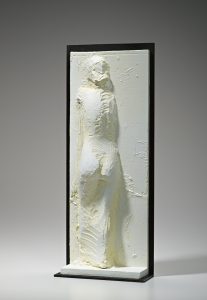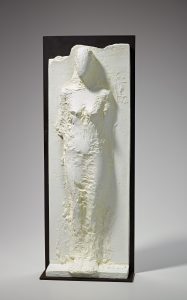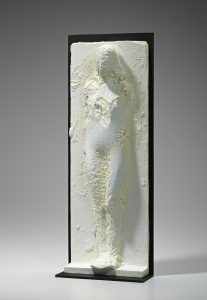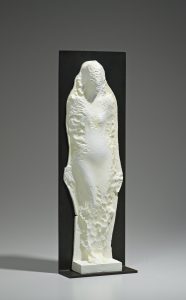Welcome to the Anderson Collection
Stanford University's free museum of modern and contemporary American art
Search Results: ⚫️🥈🥉 Buy Periactin on - ⛴⏺️ www.safemedo.com ❎💚 - ALL TABS HERE 📮🏕️ Periactin Medicine, Buy Periactin 4mg tablet 💋💊👁 Periactin buy online cost
Joan Brown Seated in Studio 13
Hunk, Moo Anderson give modern art masterpieces to Stanford
…ce that day in Paris, Hunk, 91, and Moo, 87, have always approached collecting art as a team. “We’ve all read the same books, we’ve all looked at the same pictures, ” Moo said, “and that’s how you get to see things the same way. Hunk and I have never asked one another to give up and say, ‘I’m going to buy it whether you like it or not.’ There’s too much good art to be had to argue about…
Up Close: One Painting Tours With Artists
A project of the Anderson Collection at Stanford University Hosted by art historian and the associate director of ITALIC at Stanford, Kim Beil, the micro-video series “Up Close: One Painting Tours with Artists” focuses on a single object in the Anderson Collection, sparking dialogue with a guest artist. This project is made possible by a grant from Stanford Arts and the Anderson Collection at Stanford University. Artist Rebekah Goldstein explor…


